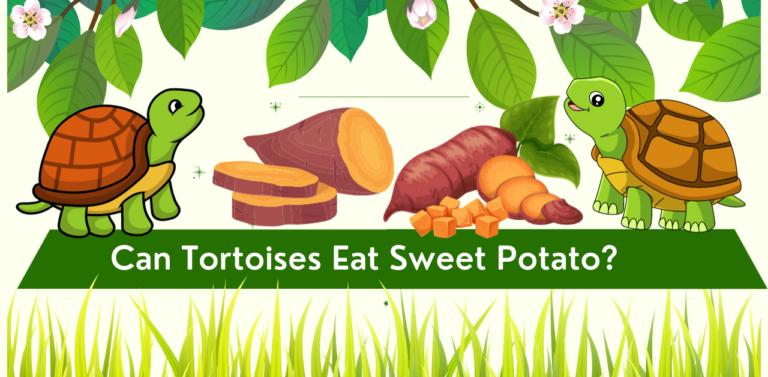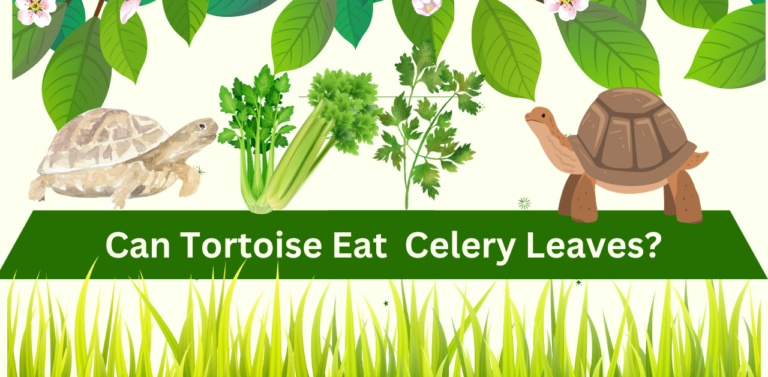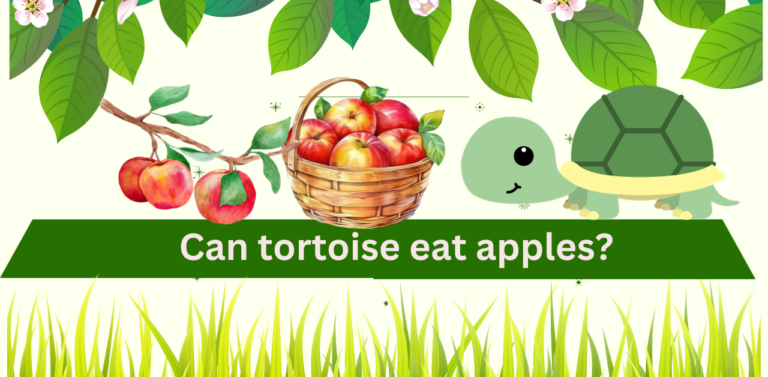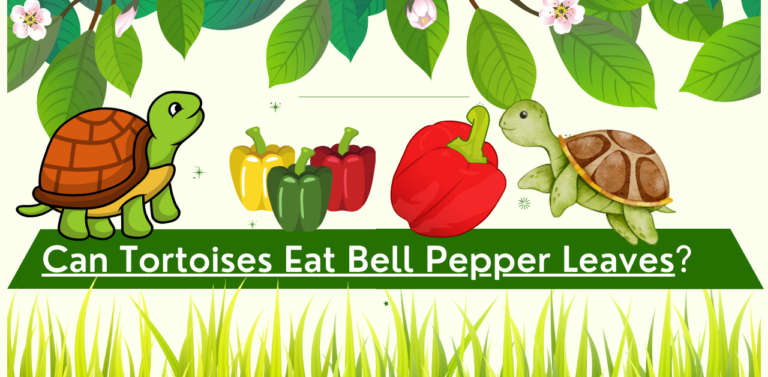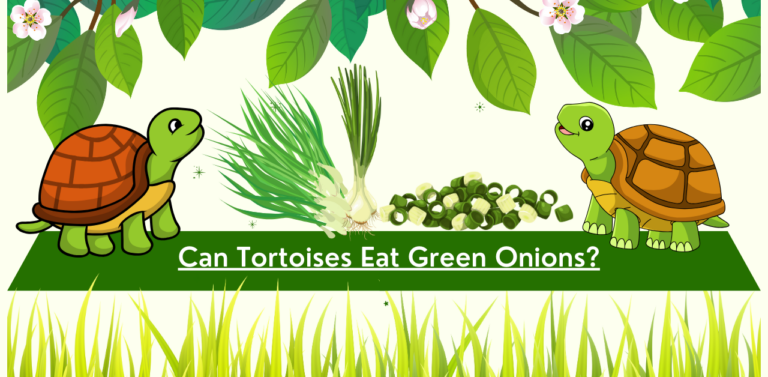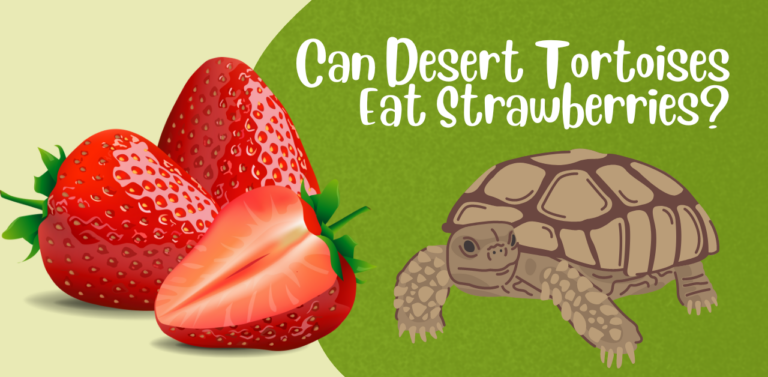Tortoises, known for their slow-paced lifestyle and long lifespan, have dietary needs that often intrigue their caretakers. A common question among tortoise owners is whether their shelled companions Can Tortoises Eat Apple Skin. To address this question, it’s fundamental to dive into the wholesome viewpoints and potential dangers related to taking care of apple skin for turtles.
Nutritional Value of Apple Skin
Skin Apple skin is a rich wellspring of nutrients, minerals, and fibre. It contains L-ascorbic acid, which is fundamental for a solid, resistant framework, and vitamin A, significant for vision and shell wellbeing. The skin likewise has a lot of dietary fibre, which supports processing. Furthermore, apple skin is a low-calorie treat, making it a potentially good choice for maintaining a tortoise’s weight.
Considerations for Tortoises
While the nutritional benefits are clear, there are several factors to consider before feeding apple skin to tortoises:
- Pesticides and Chemicals: Conventionally grown apples are often treated with pesticides, which can be harmful to tortoises. If you choose to feed apple skin, it’s imperative to opt for organic apples or thoroughly wash the apples to remove any chemical residues.
- Sugar Content: Although the sugar in apple skin is natural, high sugar intake is not ideal for tortoises. It’s essential to take care of apple skin with some restraints to avoid medical problems like heftiness and stomach-related issues.
- Variety in Diet: Tortoises thrive on a varied diet. Depending too intensely on any one food thing, including apple skin, can prompt nourishing lopsided characteristics. It’s important to incorporate a mix of fruits, vegetables, and specific tortoise food into their diet.
Feeding Guidelines
If you decide to feed apple skin to your tortoise, here are some guidelines to follow:
- Moderation: Offer apple skin as an occasional treat, not a staple in the diet.
- Preparation: Cut the apple skin into little, sensible pieces to forestall gagging dangers.
- Observe: Monitor your tortoise’s reaction to the apple skin. On the off chance that you notice any unfavorable impacts, for example, stomach-related issues, suspend taking care of it.
Can Hermann Tortoise Eat Apples?
Indeed, Hermann’s turtles can eat apples, however just with some restraint. Apples ought to be viewed as a treat instead of a staple of their eating regimen. It’s critical to take care of a changed eating routine that fundamentally consists of salad greens and vegetables. While taking care of apples, ensure they are new and cut into little, reasonable pieces to forestall stifling dangers. Likewise, eliminate any seeds as they can be unsafe. As with any dietary changes or additions, it’s advisable to consult with a veterinarian or a reptile expert to ensure the health and well-being of your tortoise.
Can Russian Tortoises Eat Apples?
Russian turtles can eat apples, yet it ought to just be a little piece of their eating regimen and offered inconsistently. Apples are not a natural part of their diet in the wild, where they primarily consume a variety of leafy greens and vegetables. Assuming you really do take care of apples to your Russian turtle, guarantee they are new, washed, and cut into little, sensible pieces to try not to stifle dangers. Continuously eliminate the seeds, as they can be unsafe.
It’s important to remember that the bulk of a Russian tortoise’s diet should consist of high-fibre, low-sugar, and calcium-rich foods to maintain their health. Overfeeding fruits like apples, which are higher in sugar, can lead to health problems such as diarrhoea or obesity.
Talking with a veterinarian or a reptile sustenance master is generally a decent practice to guarantee you’re giving a fair and proper eating routine for your turtle.
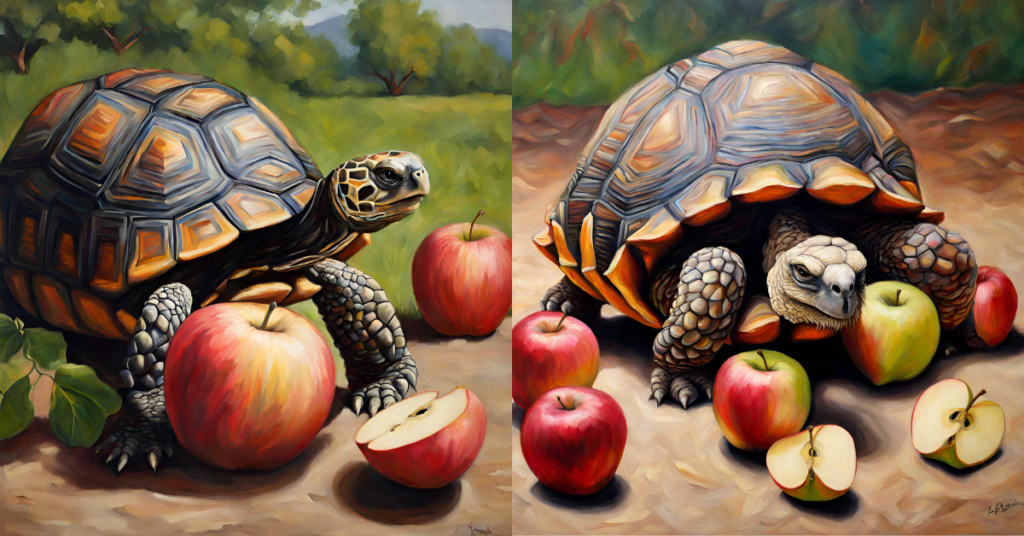
Can Sulcata Tortoise Eat Apples?
Sulcata turtles, otherwise called African prodded turtles, have an eating regimen that fundamentally comprises grasses and roughage. They are grassland species and require a diet high in fibre and low in sugar and protein. While Sulcata tortoises can technically eat apples, they should do so only very occasionally and in very small amounts.
Apples, being a fruit, are higher in sugars and can disrupt the delicate balance of the Sulcata tortoise’s digestive system if fed in large quantities or too frequently. Overconsumption of natural products like apples can prompt medical problems like runs, heftiness, and shell distortions.
Eliminate all seeds, as they can be hurtful. For the best consideration of your Sulcata turtle, it’s prudent to talk with a veterinarian or a reptile sustenance master to guarantee a solid and adjusted diet.
Can Baby Tortoises Eat Apples?
Taking care of apples to child turtles ought to be drawn nearer with alertness. While small amounts of apple can be safe for some tortoise species, it’s generally not recommended, especially for baby tortoises. Their digestive systems are delicate and still developing, making them more sensitive to dietary imbalances.
For baby tortoises, the focus should be on providing a diet that closely mimics what they would eat in the wild. This typically includes:
- Leafy Greens and Grasses: These should form the bulk of their diet. Choices like dandelion greens, clover, and various lettuces are suitable.
- Calcium: It’s crucial for their shell development. Calcium enhancements or food sources high in calcium, similar to specific greens, are fundamental.
- Low Sugar and Low Protein: Foods high in sugar and protein can lead to health issues in tortoises, including shell deformities and digestive problems.
If you do decide to feed an apple to a baby tortoise, it should be a very small amount, finely chopped, and only on rare occasions. Always ensure the apple is fresh and free from pesticides, and remove any seeds.
Given the particular dietary requirements of child turtles, it’s enthusiastically prescribed to talk with a veterinarian or a reptile subject matter expert. They can provide guidance tailored to the species of tortoise you are caring for, ensuring its health and proper growth.
Conclusion: Can Tortoises Eat Skin?
Taking everything into account, turtles can eat apple skin, yet it ought to be finished with an alert. Ensuring the apple skin is free from pesticides, feeding in moderation, and maintaining a balanced diet are key to keeping your tortoise healthy. Likewise, with any dietary changes, it’s constantly prescribed to talk with a veterinarian who spent significant time in reptiles to guarantee the prosperity of your turtle.
FAQs: Can Tortoises Eat Apple Skin?
Answer: Most tortoises can safely eat apple skin in small amounts. However, dietary needs can vary between species. It’s best to consult with a veterinarian who specializes in reptiles to confirm.
Answer: Apple skin contains vitamins A and C, fibre, and is low in calories. These nutrients can contribute to a healthy immune system, good digestion, and overall well-being.
Answer: Apple skin should be given as an occasional treat, not a staple of their diet. A small piece once a week is a general guideline, but this may vary depending on the tortoise’s overall diet and health.
Answer: It’s not recommended to include apple skin in a tortoise’s daily diet. A varied diet with a mix of fruits, vegetables, and specialized tortoise food is essential for their health.
Answer: Along with apples, tortoises can eat fruits like melons, berries, and certain tropical fruits. However, all fruits should be given in moderation due to their sugar content.

